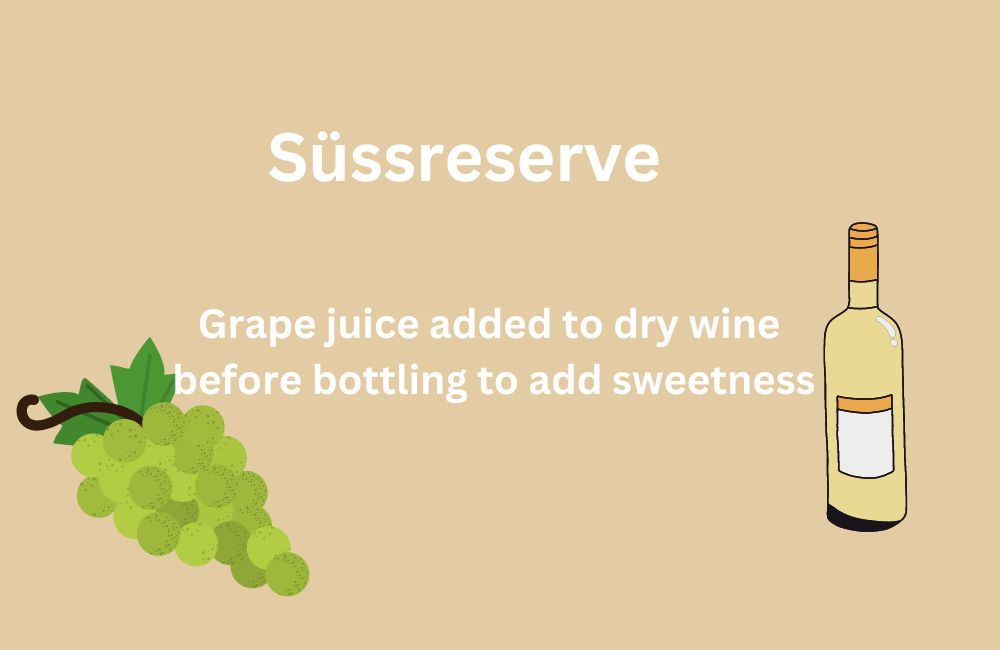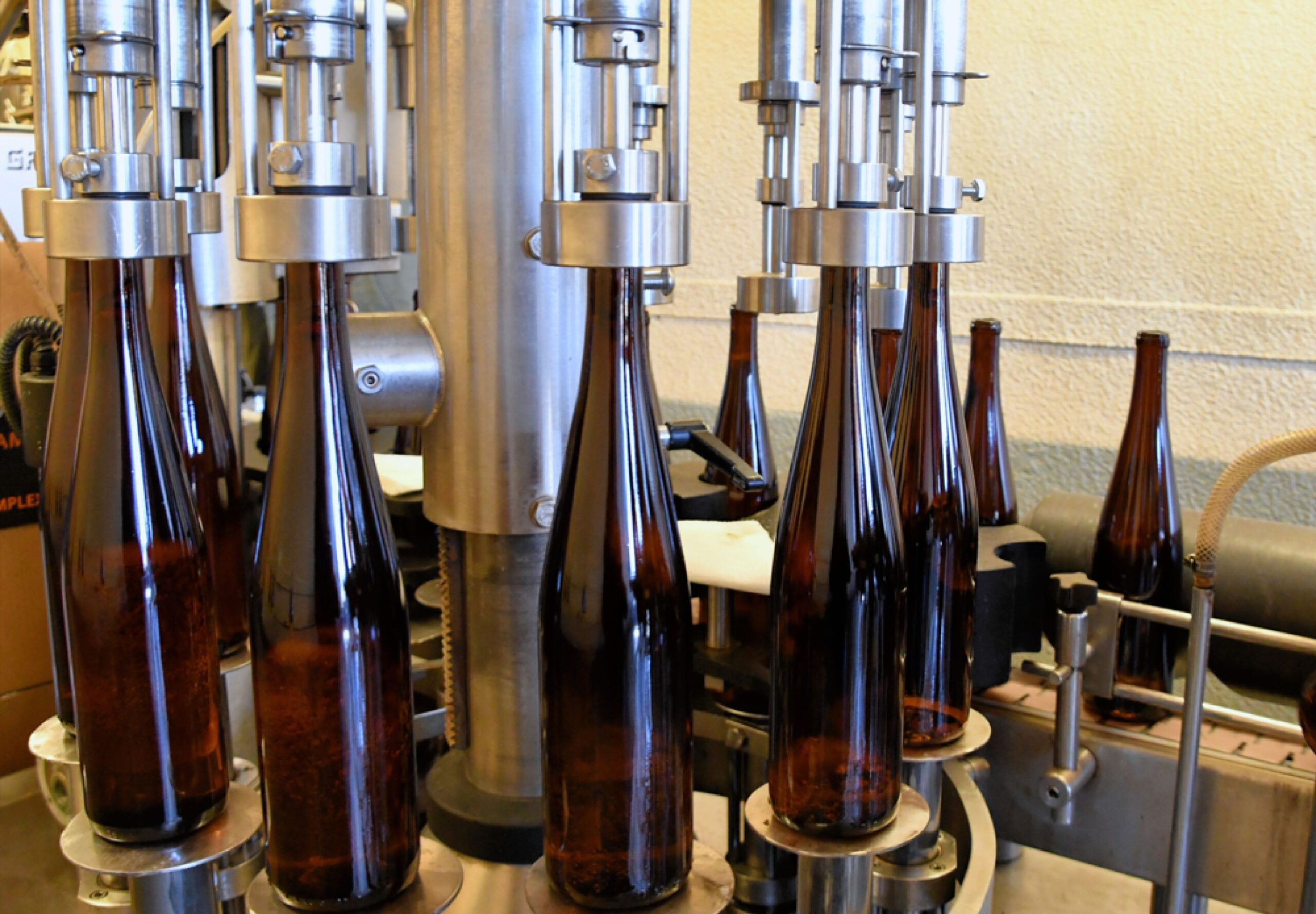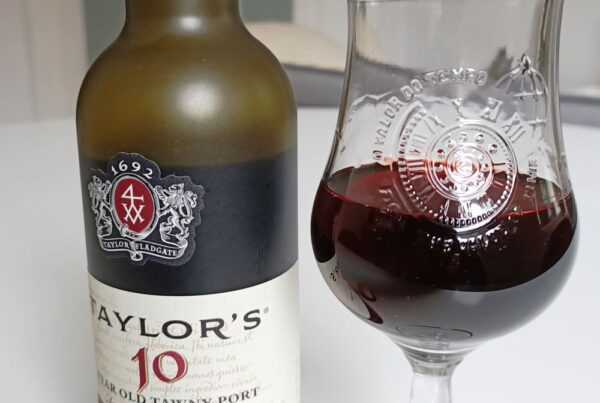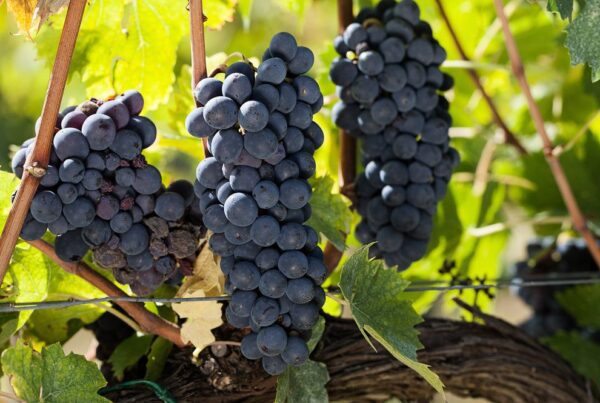Süssreserve is a German term to describe grape juice that is added to a dry wine after fermentation to add balance and sweetness.

Contents
What does süssreserve mean?
Süssreserve is a German term used to refer to grape must (juice) that is used to sweeten a wine after fermentation is completed.
It is particularly common in Germany where süssreserve is added to create medium-sweet wines.
It is added to dry wines when they are ready to be bottled.
Why süssreserve is added to wine
A lack of sunshine can mean that winemaking countries with cooler climates struggle to produce fully ripe grapes. Grapes that struggle to ripen fully can lack sugar.
So, winemakers can make up for this lack of sugar by adding süssreserve.
Adding süssreserve:
- Increases sweetness levels in wine.
- Balances out high acidity, making wine rounder and softer.
- Lowers the alcohol content in wine.
| Süssreserve language | Süssreserve translation | Süssreserve meaning |
| German | Sweet reserve | Grape juice added to dry wine before bottling. |
Süssreserve in different wine varieties
It is commonly used in German and Alsatian wines and other white wines to enhance the flavor profile and sweetness without affecting the alcohol content.
- Riesling: Sussreserve is often added to Riesling wines to balance high acidity with sweetness, creating a harmonious flavor profile.
- Gewürztraminer: In Gewürztraminer, sussreserve enhances the wine’s natural lychee and rose petal aromas, adding sweetness without increasing alcohol content.
- Müller-Thurgau: Used in Müller-Thurgau to provide a fruity sweetness to complement the wine’s mild acidity and subtle floral notes.
- Silvaner: Applied to Silvaner wines to introduce a slight sweetness, making this typically dry wine more approachable and balanced.
Süssreserve regulations and standards
There are specific regulations governing the use of süssreserve in wine.
- Regional Origin Requirement: In Germany, süssreserve must come from the same region and grape variety as the wine it is added to, ensuring authenticity and consistency.
- Quality Control: The use of süssreserve is regulated to maintain wine quality. The unfermented grape juice must be of high quality and sterile to prevent unwanted fermentation.
- Labeling Regulations: Wines containing süssreserve must be accurately labeled to inform consumers of the added sweetness.
- Maximum Proportion: There are limits on the amount of süssreserve that can be added, typically not exceeding a certain percentage of the total wine volume to maintain balance and prevent excessive sweetness.
- Inspection and Compliance: Wineries using süssreserve are subject to inspections to ensure compliance with regional and national regulations, ensuring the integrity of the wine production process.





